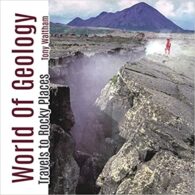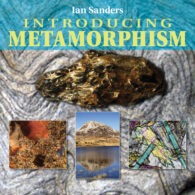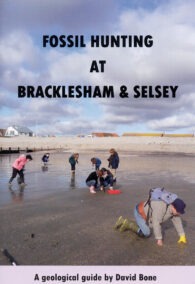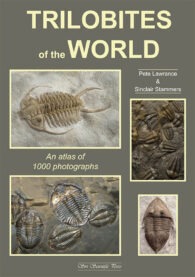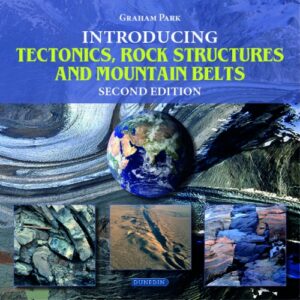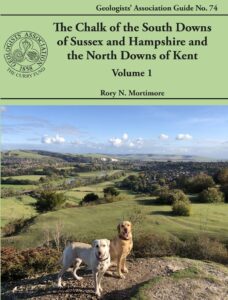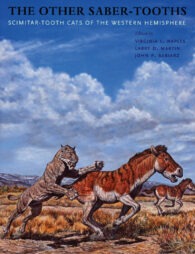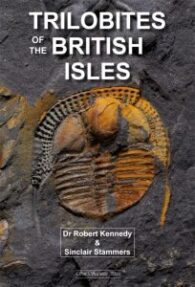This is a lovely example of photographs used to inspire and text to explain. For many years, Dr Tony Waltham has produced a photo plus explanatory text for the back cover of the glossy magazine, Geology Today. The book represents a compilation of 110 such back covers that set out a “photographic journey” around some of the most impressive geological landscapes of the world as a result of his own travels.
